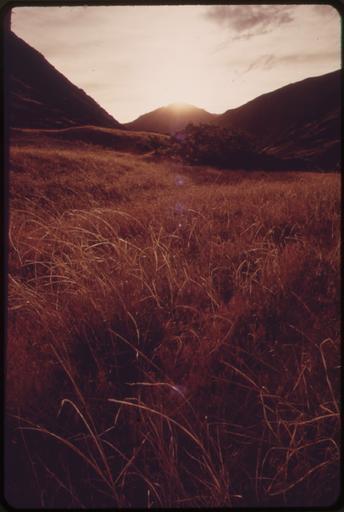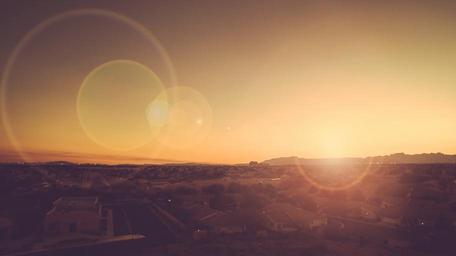Introduction
Nature has a way of captivating us with its beauty, intricacies, and raw power. From the delicate petals of a flower to the expansive vistas of mountain ranges, every element serves as a canvas for aesthetic photography and artistic expression. In this article, we will explore the various facets of nature photography, including techniques such as long exposure photography, black-and-white photography, and moody photography. We will delve into how these styles can be used to capture nature's wonders in breathtaking detail.
Nature’s Wonders Captured in Breathtaking Detail
Nature's wonders are not just sights; they evoke feelings and tell stories that transcend words. Aesthetic photography allows us to encapsulate these moments in time, http://evergreennotes170.bearsfanteamshop.com/aesthetic-pictures-to-put-on-your-wall-inspiration-and-ideas creating memories that resonate long after the moment has passed. The combination of soft and sharp contrasts can create visual poetry that invites contemplation and reflection. Whether it is through landscape photography or ethereal photography, the goal remains the same: to immortalize nature's fleeting beauty.
The Art of Aesthetic Photography
Aesthetic photography revolves around creating visually pleasing images that evoke emotional responses. This form of artistic expression focuses on composition, color harmony, and lighting techniques. Often utilized in capturing serene nature photos, aesthetic photography can turn ordinary scenes into extraordinary works of art.
Key Elements of Aesthetic Photography
Composition: The arrangement of elements within your frame is crucial. Using the rule of thirds can guide your viewer's eye through your photograph. Lighting: Natural light plays a pivotal role in aesthetic photography. Golden hour—just after sunrise or before sunset—provides soft light that enhances colors. Color Palette: Choosing a specific color scheme can unify your series of photographs or contribute to a particular mood.Examples of Aesthetic Photography
- Frozen lake photography captures tranquil winter scenes that evoke serenity. Backlit portraits highlight subjects against luminous backgrounds.
Exploring Fine Art Photography
Fine art photography elevates photographic practice from mere documentation to an artistic endeavor aimed at expressing concepts or emotions through visual means.
Characteristics of Fine Art Photography
- Emphasis on concept rather than subject Strong focus on composition and form Use of post-processing techniques to enhance or alter images
Moody Photography: Creating Atmosphere
Moody photography often incorporates elements like fog, shadows, and muted colors to evoke feelings such as nostalgia or melancholy.
Techniques for Moody Photography
- Utilize underexposure to create dark tones. Incorporate atmospheric elements like mist or rain to add depth.
Ethereal Photography: Dreamlike Quality
Ethereal photography aims for an almost surreal look where subjects appear otherworldly.

Achieving Ethereal Qualities
- Soft focus techniques Use of pastel colors and gentle lighting
Black-and-White Photography: Timelessness Captured
Black-and-white photography strips away distractions, allowing us to focus on shapes, textures, and contrasts.

Why Choose Black-and-White?
This style brings out timelessness in subjects while emphasizing their essential qualities without color interference.
Long Exposure Photography: Time Stretched Out
Long exposure photography allows photographers to capture movement over extended periods.
Benefits of Long Exposure Techniques
- Smooths out water surfaces for serene landscapes. Captures light trails from moving objects like cars or stars.
Silhouette Photography: Shadow Play
Silhouette photography emphasizes outlines against bright backgrounds while neglecting internal details.
Creating Silhouettes Effectively
Position your subject against a bright light source. Underexpose your image slightly for dramatic effect.Nature Photography: The Essence of Earth’s Beauty
Nature photography encapsulates landscapes, wildlife, plants, and more—everything our planet offers visually.
Best Practices for Nature Photography
- Approach wildlife with patience and respect. Use natural framing techniques with branches or rocks.
Contemplative Photography: Mindfulness Through the Lens
Contemplative photography invites introspection; it encourages you to engage deeply with what you're capturing rather than rushing through the process.
FAQs
What equipment do I need for nature photography?
You don't need high-end gear; even smartphones can capture stunning images if you understand composition and lighting principles!
Why is lighting so important in aesthetic photography?
Lighting dictates mood and tone! Properly harnessed natural light can transform ordinary scenes into extraordinary photographs.
Can I use editing software for fine art photographs?
Absolutely! Post-processing helps refine images but should complement—not overshadow—the original vision.
What makes black-and-white photos stand out?
They strip away color distractions, allowing viewers to appreciate texture, contrast, and form more clearly!
How do I achieve dreamy effects in ethereal photos?

Is silhouette photography suitable for outdoor settings only?
Not at all! While striking outdoors during sunsets works beautifully, silhouettes can also be created indoors using artificial lights against plain backgrounds!
Conclusion
In conclusion, "Nature’s Wonders Captured in Breathtaking Detail" serves not only as an invitation but also as a celebration of our planet's awe-inspiring beauty through various forms of photographic artistry. Each technique—from moody landscapes to serene backlit portraits—offers unique perspectives that elevate our experience with nature while preserving memories forever etched in time. Whether you're an aspiring photographer seeking inspiration or an enthusiast eager to explore new styles like contemplative or poetic photography—embrace this journey! After all, every snapshot tells a story waiting patiently for someone who'll take notice!
As we continue exploring the remarkable world around us through our lenses—aesthetic wall art emerges from our endeavors—and we find joy not just in capturing moments but also sharing them with those who appreciate life's intricate tapestry woven by nature itself!